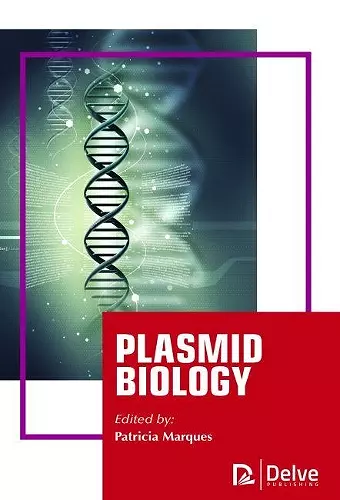Plasmid Biology
Format:Hardback
Publisher:Arcler Education Inc
Published:28th Feb '18
Should be back in stock very soon

Plasmids are DNA molecules present in almost all bacteria, together with the Chromosomal DNA. They can play an important roles in the adaptation of the bacteria to different environments.
Plasmids, which vary widely in size from a few thousand to hundreds of thousands of base pairs, are most often circular molecules of double-stranded DNA. However, some bacteria have linear plasmids, and some plasmids, can be single-stranded DNA. The number of plasmid copies varies among plasmids, and some bacteria can even harbor more than one type of plasmid. Thus, a cell can harbor two or more different types of plasmids, with hundreds of copies of some plasmid types and only one or a few copies of other types.
This book starts with the Introduction of concepts in Plasmid biology, replication, function, regulation and incompatibility. Followed by examples of Plasmid (Section 1) in different bacteria (Listeria, Lactoccocus, Borrelia and Rickettsia) and in eukaryotes.
The next chapters deal with the different processes in plasmid biology, replication of copy number (Section 2), maintenance and inheritance (Section 3), systems specific for specific plasmids (symbiosis, flagella, and linear plasmids) (Section 4), virulence and antibiotic resistance in Salmonella and E.coli (Section 5), and ecology and evolution (Section 6).
Section 7 gives examples of Plasmids has genetic tools for interfering RNA, centromere plasmid, plasmid has a shuttle for Chlamydia genetic transformation and seamless insert-plasmid. Section 8, shows examples of plasmid curing systems using plasmid incompatibility and interference. This book is a general of overview of Plasmids and their Biology.
ISBN: 9781773611723
Dimensions: unknown
Weight: unknown
275 pages